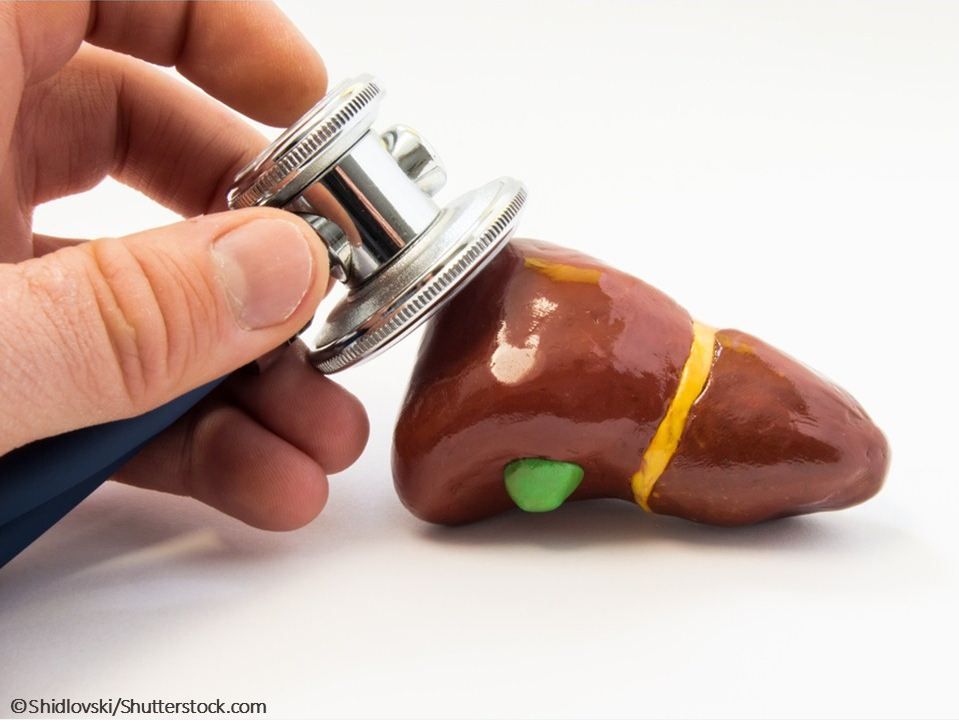The Liver Meeting 2024: Bausch Health Presents Phase 3 Study Design for Investigational Rifaximin Formulation to Delay OHE
The RED-C clinical trial program highlights the promising potential of the rifaximin soluble solid dispersion immediate-release tablets for delaying early HE-related decompensation.
©Shidlovski/Shutterstock.com

Bausch Health and Salix Pharmaceuticals announced the study design of its late-stage RED-C clinical trial program at The Liver Meeting 2024, the annual meeting of the American Association for the Study of Liver Diseases (AASLD), being held November 15-19 in San Diego, CA.
The RED-C program is evaluating the efficacy of a next generation therapeutic, a soluble solid dispersion (SSD) immediate-release rifaximin product, to delay the onset of first overt hepatic encephalopathy (OHE) hospitalization. There are currently no medications globally approved for the primary prophylaxis and delay in decompensation to first episode of OHE in cirrhosis, according to a Bausch Health press release.1
The rifaximin SSD immediate-release 40 mg (SSD-40IR) is an investigational formulation designed to enhance gastrointestinal solubility while minimizing systemic exposure, which may lead to better outcomes in preventing OHE compared to existing treatments, according to the study abstract.2
"Considering the significant unmet need for cirrhotic patients, the RED-C phase 3 trials have been rigorously designed to assess a potential new option to delay the onset of the first overt hepatic encephalopathy event, and to potentially, delay time to all-cause hospitalization. Enrollment in both trials is now complete, and the trials are progressing at study sites worldwide,” Aimee Lenar, executive vice president of US pharma at Bausch Health, said in the November 18, 2024, statement.1
The RED-C program comprises 2 identically designed, phase 3, randomized, double-blind, placebo-controlled trials in adults with cirrhosis and medically controlled ascites who have no documented history of OHE. The studies are being conducted over 398 study sites and across 17 countries. Participants were randomly assigned to receive either rifaximin SSD-40IR or a placebo, with the primary endpoint being the time to the first OHE-related hospitalization. OHE diagnosis will be confirmed by a Clinical Event Adjudication Committee via use of AASLD guidelines, including the detection of disorientation and asterixis.1,2
In trial 1 and 2, respectively, 92.6% and 41.7% of sites that enrolled at least 1 patient were in the US. A total of 524 patients were enrolled in the first trial and 518 patients were enrolled in the second study. The majority of participants in each trial were men, and the median Model for End-Stage Liver Disease score in both trials was 10. Also, 56.9% and 54.9% of participants in trials 1 and 2 were classified as Child-Pugh class A.2
With enrollment complete in both trials, topline data are anticipated in the first half of 2026, researchers noted in the abstract.2
References:
- Bausch Health and Salix to present at the American Association for the Study of Liver Disease (AASLD) the RED-C Phase 3 Study Design for a new investigational product designed to address serious complications of cirrhosis. News item. Bausch Health. November 18, 2024. Accessed November 19, 2024. https://ir.bauschhealth.com/news-releases/2024/11-18-2024
- Bajaj JS, Murali N, Lee J, et al. Rifaximin soluble solid dispersion immediate-release tablets for prevention and delay of the first episode of hepatic encephalopathy: RED-C phase 3 study design. Presented at: The 75th Liver Meeting; November 15-19, 2024; San Diego, CA. Poster # 4198